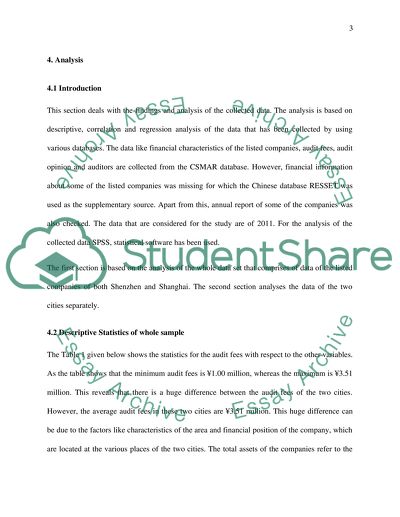Cite this document
(“Empirical analysis of determinants of audit fees in China Essay”, n.d.)
Empirical analysis of determinants of audit fees in China Essay. Retrieved from https://studentshare.org/finance-accounting/1485039-empirical-analysis-of-determinants-of-audit-fees
Empirical analysis of determinants of audit fees in China Essay. Retrieved from https://studentshare.org/finance-accounting/1485039-empirical-analysis-of-determinants-of-audit-fees
(Empirical Analysis of Determinants of Audit Fees in China Essay)
Empirical Analysis of Determinants of Audit Fees in China Essay. https://studentshare.org/finance-accounting/1485039-empirical-analysis-of-determinants-of-audit-fees.
Empirical Analysis of Determinants of Audit Fees in China Essay. https://studentshare.org/finance-accounting/1485039-empirical-analysis-of-determinants-of-audit-fees.
“Empirical Analysis of Determinants of Audit Fees in China Essay”, n.d. https://studentshare.org/finance-accounting/1485039-empirical-analysis-of-determinants-of-audit-fees.


